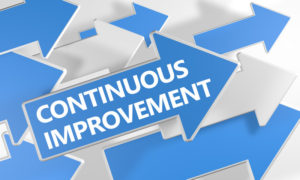Last week’s blog post on vaccine rollout took longer than expected to write as I compiled multiple resources and articles to comment on and share. With the vaccine rollout as massive an undertaking as it  is and so many stories (good and bad), I decided to do part 2 this week highlighting best practices, technology challenges, and health disparities.
is and so many stories (good and bad), I decided to do part 2 this week highlighting best practices, technology challenges, and health disparities.
Best Practices
Last week, I mentioned Atrium Health and their local partnership to do mass vaccination events. It was encouraging to see their update on vaccinating over 20,000 people had a special emphasis on underserved communities. We need more focus on underserved communities – more on that in a bit.
Another health system doing drive thru vaccination clinics at scale is Memorial Hermann in the Houston area. They are getting calls from health systems across the U.S. asking for guidance on how to design similar large-scale vaccination events and are more than willing to share their blueprint for others to replicate according to Binita Patel, Vice President of Pharmacy Services for Memorial Hermann Health System. The location (NRG Park) and staffing (700 people including many volunteers) were key to their success.
We cannot forget that there are many people leery of the vaccine, sometimes referred to as “vaccine hesitancy”. Education and public health messaging campaigns will be key as the vaccine rollout continues over the next several months. Based on the Kaiser Family Foundation’s latest COVID-19 Vaccine Monitor report, there are key messages that resonate with people. They are listed in this short article from Becker’s Health IT : “8 most convincing messages to promote COVID-19 vaccines”.
Many health IT vendors pivoted their products and services to support COVID-19 over the past year. Vaccine scheduling is the latest focus area for vendors like Kyruus which shared best practices and insights from their customers in their recent blog: “Eight Best Practices for COVID-19 Vaccine Scheduling Online: Insights From Our Health System Customers”. A great transition to the next topic.
Technology Challenges
I mentioned the Vaccine Access Management System (VAMS) in my post last week as a system provided by CDC to states and other organizations for pre-screening, registration, scheduling and tracking. Not surprisingly, a software solution developed quickly and made available for many different but similar situations and workflows has experienced problems as captured in this article from MIT Technology Review. I would hope the problems can be resolved so organizations using it do not have to switch systems midstream with vaccine rollout already in process and moving rapidly. Continue reading








